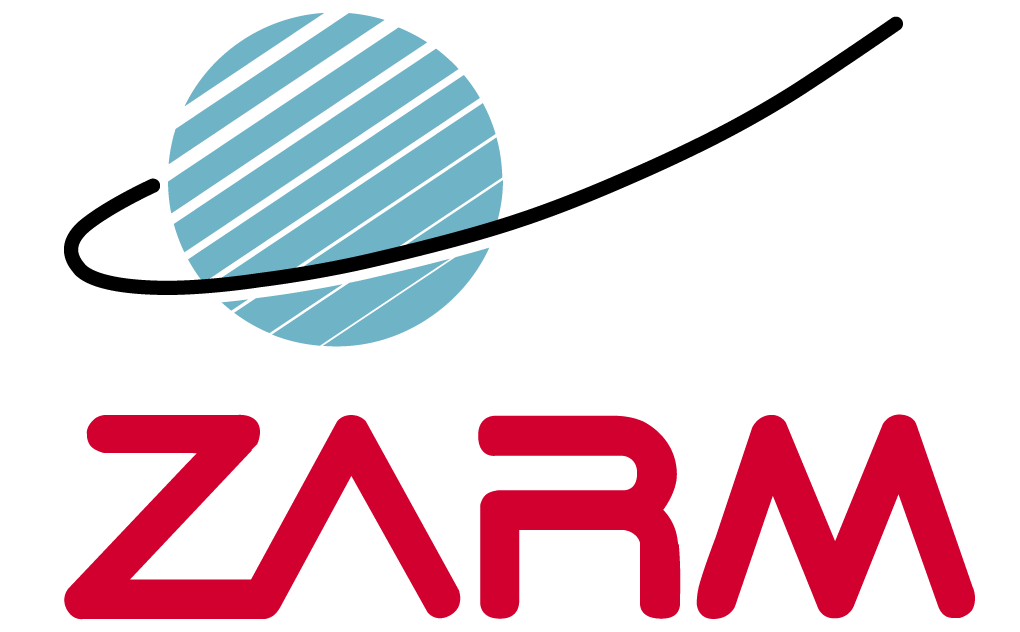Micro Satellite Systems and Modeling Methods
ABOUT OUR RESEARCH
The micro satellites and modelling methods group develops innovative micro satellite hardware as well as new numerical modelling methods within the scope of orbit propagation, satellite mission analysis and satellite system evaluation.
The first research focus aims at the utilization of micro satellites as a tool for technology demonstration and qualification, as a platform for small scientific payloads, and as a tool for the improvement of student education.
The second research pillar focuses on new high precision modelling methods for implementing a better analysis and prediction of orbit perturbations within the scope of orbit propagation. Furthermore, we develop innovative modelling approaches for the assessment of mission and experiment performance.
Open6GHub
In the Open6GHub project, ZARM is operating an experimental field in which the integration of small satellites, drones and mobile devices into future 6G mobile networks is being investigated.
The three segments of ground, air and space are being simulated. For example, scenarios are examined in which a device in a dead zone is provided with a 5G network by a “flying base station” - the drone.
In the video, the smartphone is attached to a rover as a mobile device so that movement patterns can be precisely repeated.
In addition, small satellite subsystems and an amateur radio ground station are being developed in student projects.
The project is a cooperation with the Department of Communications Engineering (ANT) at the University of Bremen.
Our fields of research
- Micro Satellites
- Mission Simulations
Satellite System Models
CONTACT
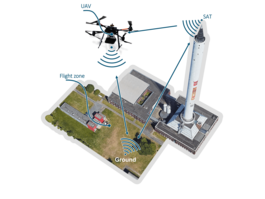
Open6GHub
Open6GHub is developing and demonstrating new concepts for information transmission, quantum communication and resilient hardware in terrestrial and satellite-based 6G networks. The aim of the project is to design a holistic 6G system that meets the requirements of users and society after 2030.
The aim is to contribute to a global 6G standard that takes German interests into account and strengthens the competitiveness of companies and technological sovereignty. The University of Bremen is one of the largest research partners in the Open6GHub and is responsible for the "Beyond Cellular" work package, which deals with the transition from the existing terrestrial mobile network to a three-dimensional mobile network. For this purpose, an experimental field for testing new 6G technologies is being set up at the University of Bremen, including several small satellite models, drones and a satellite ground station.
Funded by the BMBF under grant number 16KISK016.
Further information under
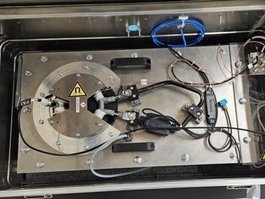
FERMIUM
The need for low-noise flexible satellite thermal control systems (TCS) motivated the Center of Applied space technology and micro gravity (ZARM) at the university of Bremen and its SME partner ZARM Technik AG to develop a new TCS solution based on ferrohydrodynamics (FHD)
A unique phenomenon observed in FHD experiments is the spin-up flow by magnetic surface stress. It occurs at the interaction of alternating magnetic fields with the free surface of the paramagnetic liquid, a ferrofluid. The liquid phase in an open channel has a higher magnetic susceptibility than the gaseous phase above. This leads to an unsymmetrical magnetic stress which pulls the free surface into the direction of the rotating magnetic field while the stress on the walls is compensated by friction. This results in a Couette flow pattern. The effect shows a high potential for an achievable flow rate of litres/min and a lifetime above 15 years.
To function under microgravity conditions and to provide high reliability, the alternating magnetic field of the pump needs to fulfil two challenging objectives during the duty cycle. These are keeping the correct positioning of the liquid and gas phase and at the same time pumping the liquid in the desired direction.
We apply a recursive engineering approach with tests in Droptower and Gravitower followed by updating the theory and repeat.
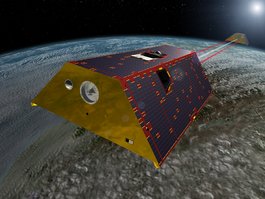
CRC 1464 TerraQ B02
The CRC 1464 “Relativistic and Quantum-based Geodesy” is funded by the Deutsche Forschungsgemeinschaft (DFG). The first funding period of the SFB ran from Jan 1, 2021 to Dec 31, 2024. Afterwards, the CRC is extended for one year, till Dec 31, 2025. In this period, TerraQ consists of 19 projects at 6 participating institutes. The aim of TerraQ is to optimize the geodetic mass observation measurements from space and on ground. TerraQ will advance the frontiers of quantum measurements on ground, the metrology and modeling of space gravimetry as well as gravity modelling and its application.
B02 in particular aims to develop the central modelling testbed for new satellite gravimetry concepts researched in this CRC in form of a multi-purpose space mission simulator. This simulation tool can generate realistic mock data on sensor and system level by incorporating full-scale satellite models and their interactions with the environment. With a focus on a generic simulation ansatz multiple types of prospective future gravity missions including GRACE-like concepts, swarm scenarios and formation flight can be investigated. A full set of mock data includes (i) science data, (ii) house keeping, (iii) Attitude and Orbit Control System (AOCS), (iv) satellite states, and (v) navigation solution support.
The simulaton tool also aids in improvements in Gravity Field Recovery (GFR). In employing advanced gravity field recovery schemes in conjunction with the mission simulation we effectively realise a closed-loop performance analysis for satellite gravimetry. The uncovering of discrepancies in numerical models and evaluation schemes will benefit both the quality of the modelling as well as the further development of enhanced methods for gravity field recovery for new mission concepts.
GRACE-FO serves as a reference mission for developments to increase simulation performance, like more precise determination of model parameters. For example, for GRACE-FO a procedure is developed that estimates the thermospheric density at satellite positions, which increases the performance of accelerometer mock data compared to density values from atmospheric models. Following this, a physically motivated transplant procedure is developed that enable B02 to generate high-fidelity gravity field solutions from artificial accelerometer data. The ZARM monthly gravity fields and transplant product are published alongside a radiation acceleration, estimated density product and publicly available at: https://www.zarm.uni-bremen.de/zarm_daten/. Their usage in further scientifi reasearch is encouraged and feedback is highly apprieciated.
Furthermore, we focus on integration of novel sensor concepts into GFR schemes using the end-to-end simulation capabilities of B02. This also includes preliminary mission and attitude design for the novel sensor concepts as well as investigation of sensor specific noise models. One sensor concept is realised as a space-born optical clock, whose frequency is depending on the gravitational potential among other things, which makes it a potential sensor candidate for future gravity missions. Investigations include not only comparison of the clock observations with the state of the art GRACE-like microwave/laser-ranging observations but also the performance of novel mission scenarios with respect to GRACE and Next Greneration Gravity Missions (NGGM).
Based on the inputs of the other projects in this CRC concentrating on new mission and sensing concepts, data evaluation schemes as well as specifics of hardware, B02 realises a complete end-to-end simulation of each concept allowing for a global performance evaluation and optimisation strategies. By this B02 takes an important step towards the definition of future candidates for satellite gravimetry missions.
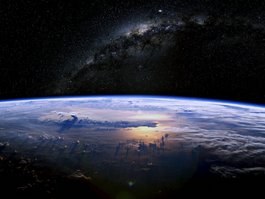
DEOS-AERO
Thermospheric density observations from satellite orbit and accelerometer data. The central objective is the computation of atmosphereic density along the orbit of LEO satellites. Of especial interest are geodetic satellite missions carrying highly accurate accelerometers. Density and auxiliary results are published at: zarm.uni-bremen.de/zarm_daten
Versatile topics in the field of satellite dynamics are addressed in the project, especially satellite drag and radiative non-gravitational force modeling, as well as Precise Orbit Determination (POD).
The density of the thermosphere is of high relevance for the propagation and determination of satellite trajectories in Low Earth Orbit (LEO). Hence, it is important for a lot of satellite operations in LEO. The drag acceleration, resulting from the gas-surface interaction of the rarefied atmosphere with satellites and other bodies, results in a change of trajectory and an orbital decay. This has implications for active satellites, where a precise orbit or position knowledge might be crucial for the missions success (e.g. altimetry, gravimetry, remote sensing), for maneuver planning and satellite lifetime prediction, as well as for space debris, where position determination is important for collision avoidance and reentry calculations. Furthermore, in atmospheric sciences, thermospheric density data can help to restrict, develop and validate complete physics-based thermosphere-ionosphere models.
Atmospheric density models used in satellite dynamics calculations are usually semi-analytical models, which are heavily based on measurement data. Thus the quality of such models relies also on the quality of the underlying density data. Prominent models are e.g. NRLMSISE, JB08 or DTM.
Due to the lack of direct measurements of thermospheric density, derived densities from satellite orbit data are currently the best data source. The most accurate atmospheric density estimates are computed from data of geodetic satellite missions, with onboard accelerometers. Nevertheless, differences in published datasets are rather high. Depending on the temporal resolution and space weather conditions (solar and geomagnetic activity), differences between those datasets might be 100% and 25% on short time scales below orbit period (>1.5h) and longer time scales around some orbit periods, respectively.
The density retrieval approach from accelerometer data is based on three separate competences, which are: (1) Precise radiative non-gravitational force modeling, (2) Modeling of the interaction between the rarefied atmospheric gases and the satellite, i.e. modeling of drag coefficients, and (3) the calibration of the accelerometer data by POD.
The modeling of the drag coefficient is the area with the greatest uncertainty. The gas particle-surface interaction in the an extremely thin atmosphere with very high relative velocities is not yet fully understood. The improved understanding of these interactions and the description by suitable models and parameters is one of the objectives of this project.
The ultra-sensitive accelerometers onboard geodetic satellites like GRACE, CHAMP, GOCE, Swarm and GRACE-FO offer the possibility for density retrieval at different altitudes, epochs and at different solar activities. Thus make up a valuable data set. Furthermore different operation conditions allow for the possibility to disentangle parameters in the drag modeling.
Besides the very high temporal resolution of thermometric densities retrieved from satellites with accelerometer, an approach based on fitting parameterized density models or functions in a POD process with lower temporal resolution is developed and compared. This offers to use a wider data base of satellites.
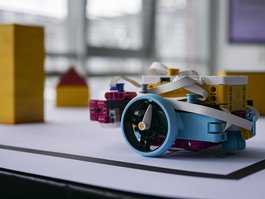
BWB NWF
Funded by Stiftung der Bremer Wertpapierbörse, the project aims to inspire students to study the STEM subjects at the University of Bremen. Pupils from various Bremen secondary schools complete various tasks in small groups for half a year. Thematically appropriate to ZARM, all tasks are related to space and reflect the diversity of the institute with content ranging from the exploration of foreign celestial bodies to Rocket fuel research. While tinkering with their solutions, the students are professionally accompanied by ZARM and gain their first experience in scientific work more
On one hand, the aim of the project is to create enthusiasm for the STEM degree programmes, which have a strong focus on space travel at the University of Bremen. ZARM also has the opportunity to present itself and its diverse research focuses. At the same time, the students experience themselves in a research context away from the curriculum of the Science subjects. Here, the focus is on one's own motivation as well as the acquisition of problem-solving skills and systematic methodological competence. The overarching research interest of the project is to accompany this development process and competence acquisition and to understand it didactically.
For further information please look here
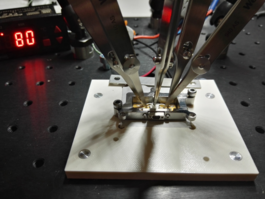
SunFinder (complete)
SunFinder aimed to develop a coarse sun sensor to accommodate the demand for new sensors in the rapidly changing satellite market. While in the past high performing cost-intensive dedicated single satellites were deployed, today companies try to establish constellations of numerous satellites thus profiting from higher flexibility, redundancy and an optimized cost-effective qualification approach.
To meet these requirements, we have developed a coarse sun sensor based on thin film cadmium telluride solar cell technology. The goal was to design a sun sensor, which offers good performance without the need for a thermal control system, comes at reduced mass and has a high radiation hardness to be compatible with new electric thrusters.
Simulated space environment campaigns were carried out to test the degradation and loss of accuracy of the sun sensor over mission lifetime. We could show that the sensor keeps an accuracy of ±3° after 10 000 cycles of thermal shock between -60°C and 95°C and 1000h at an elevated temperature of 95°C. The radiation hardness was tested with an irradiation of 1 MeV electrons.
The project was funded by the BMWK under grant number 50RK1909
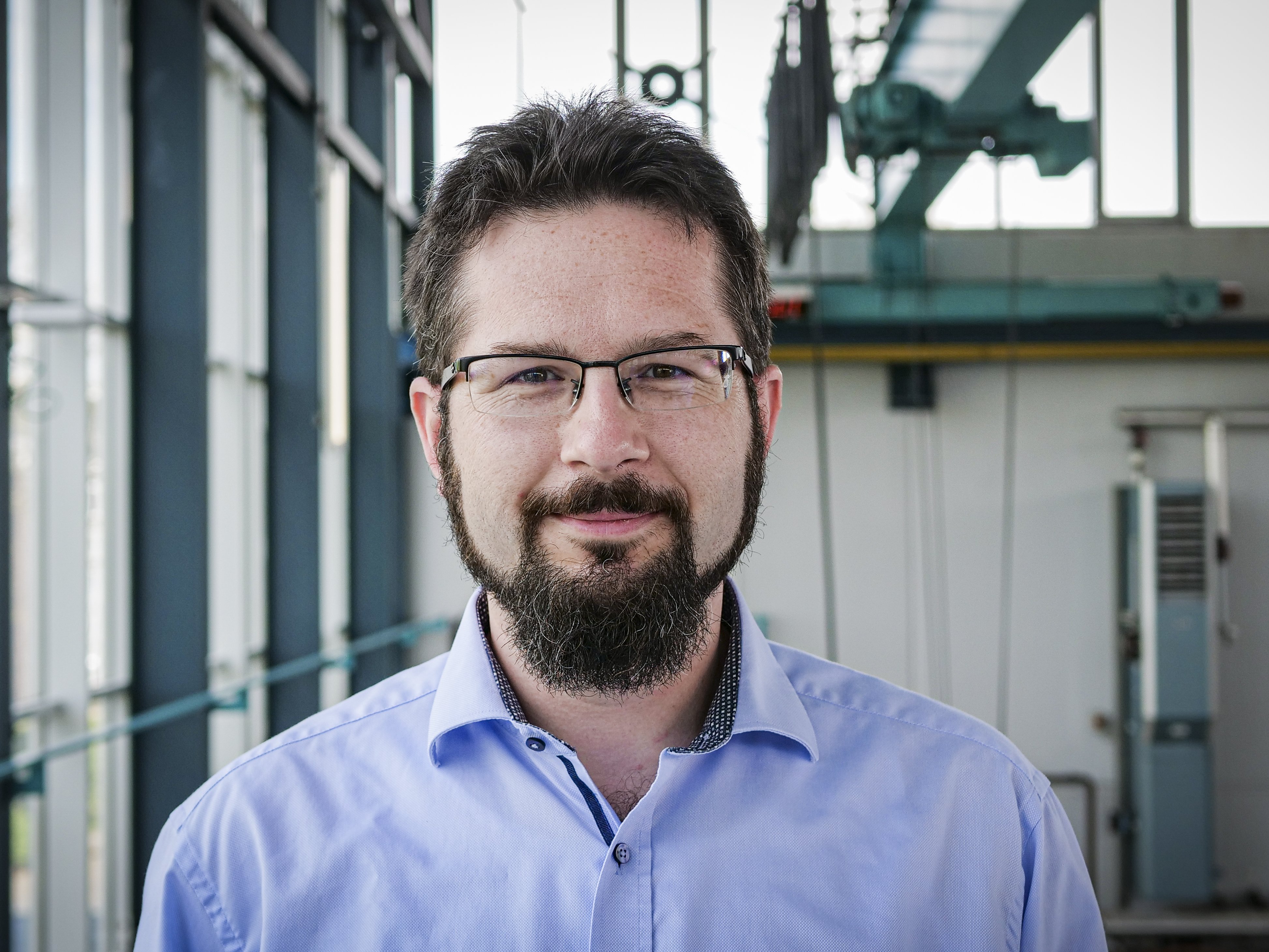
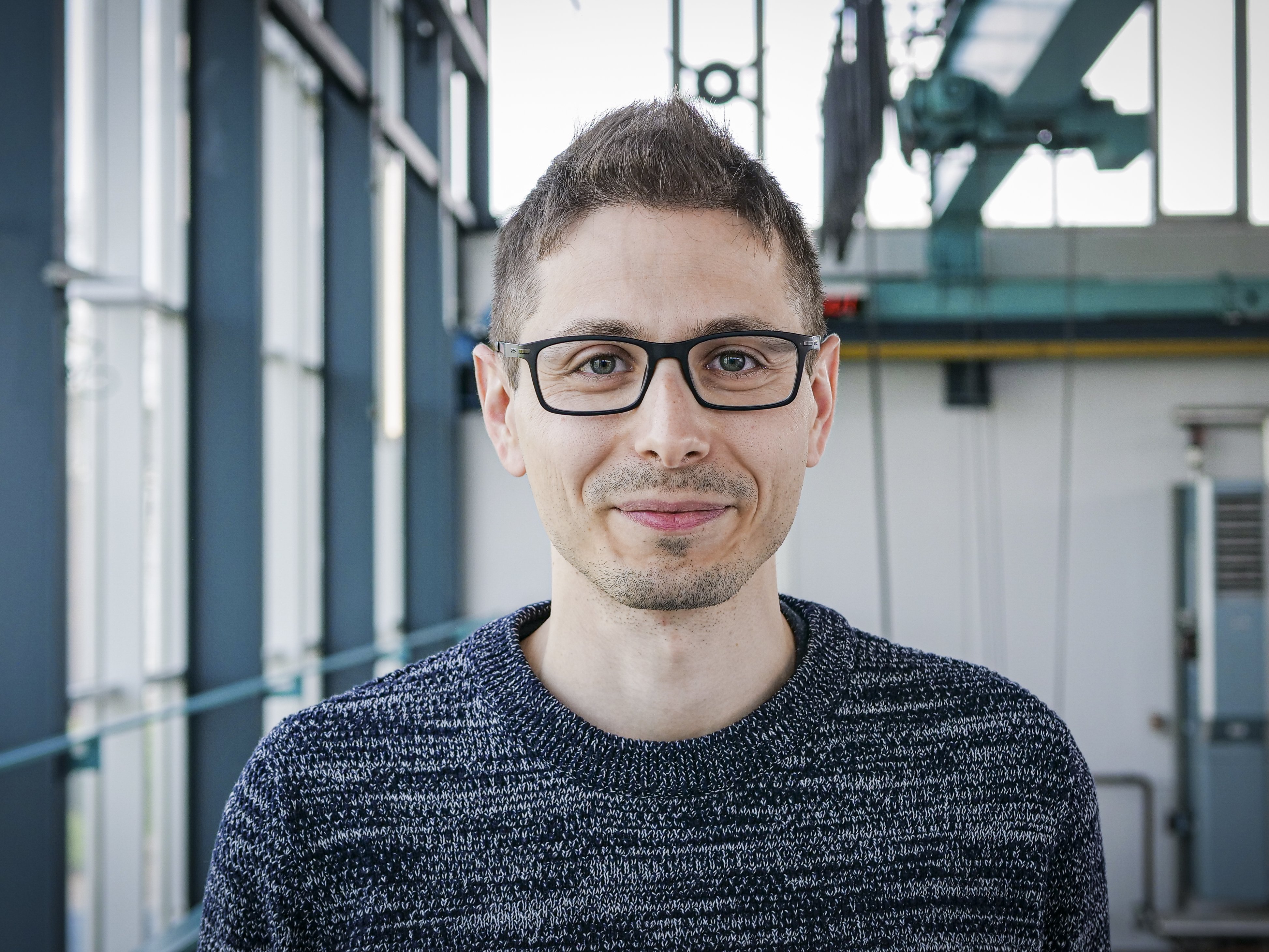
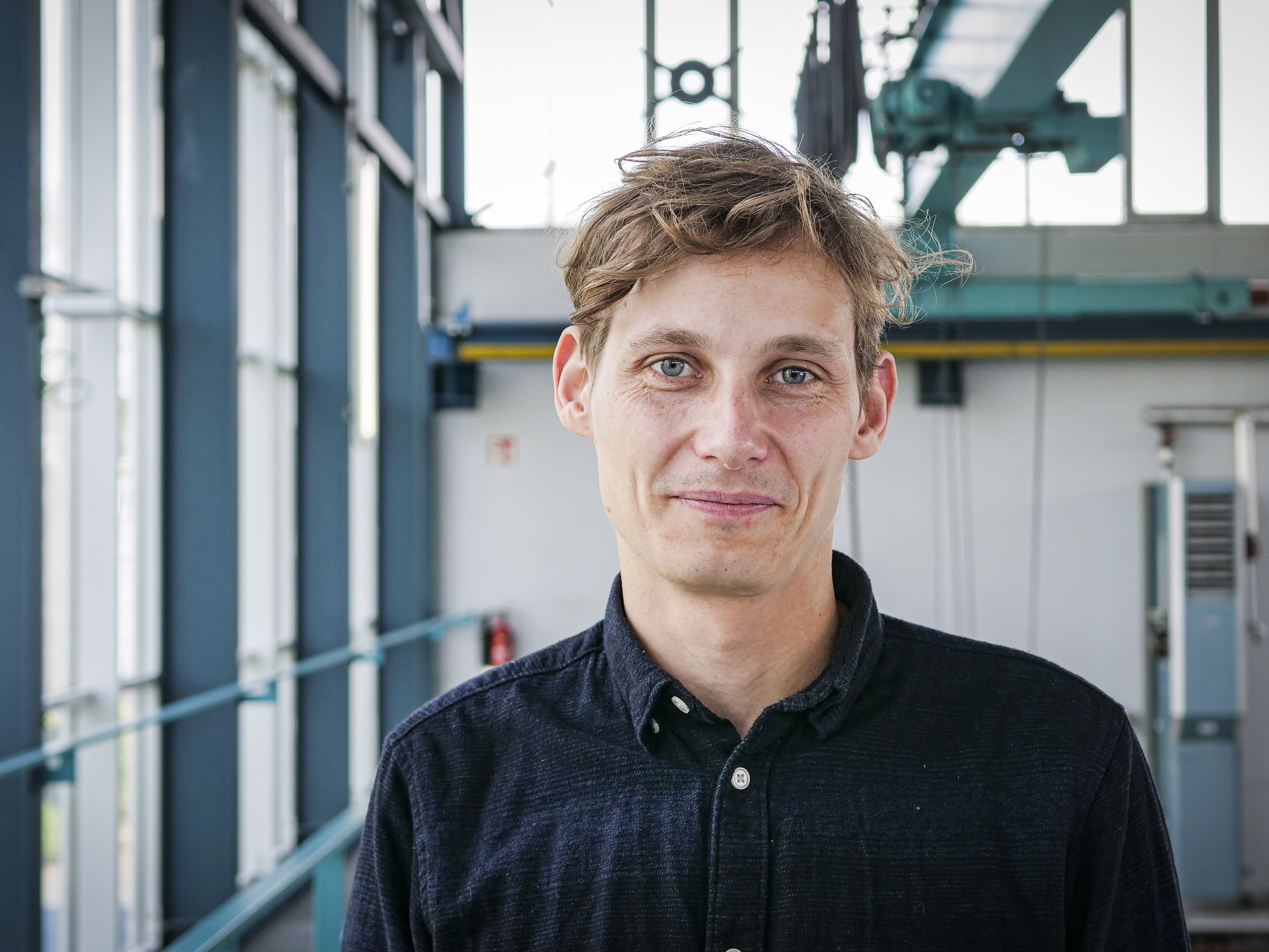
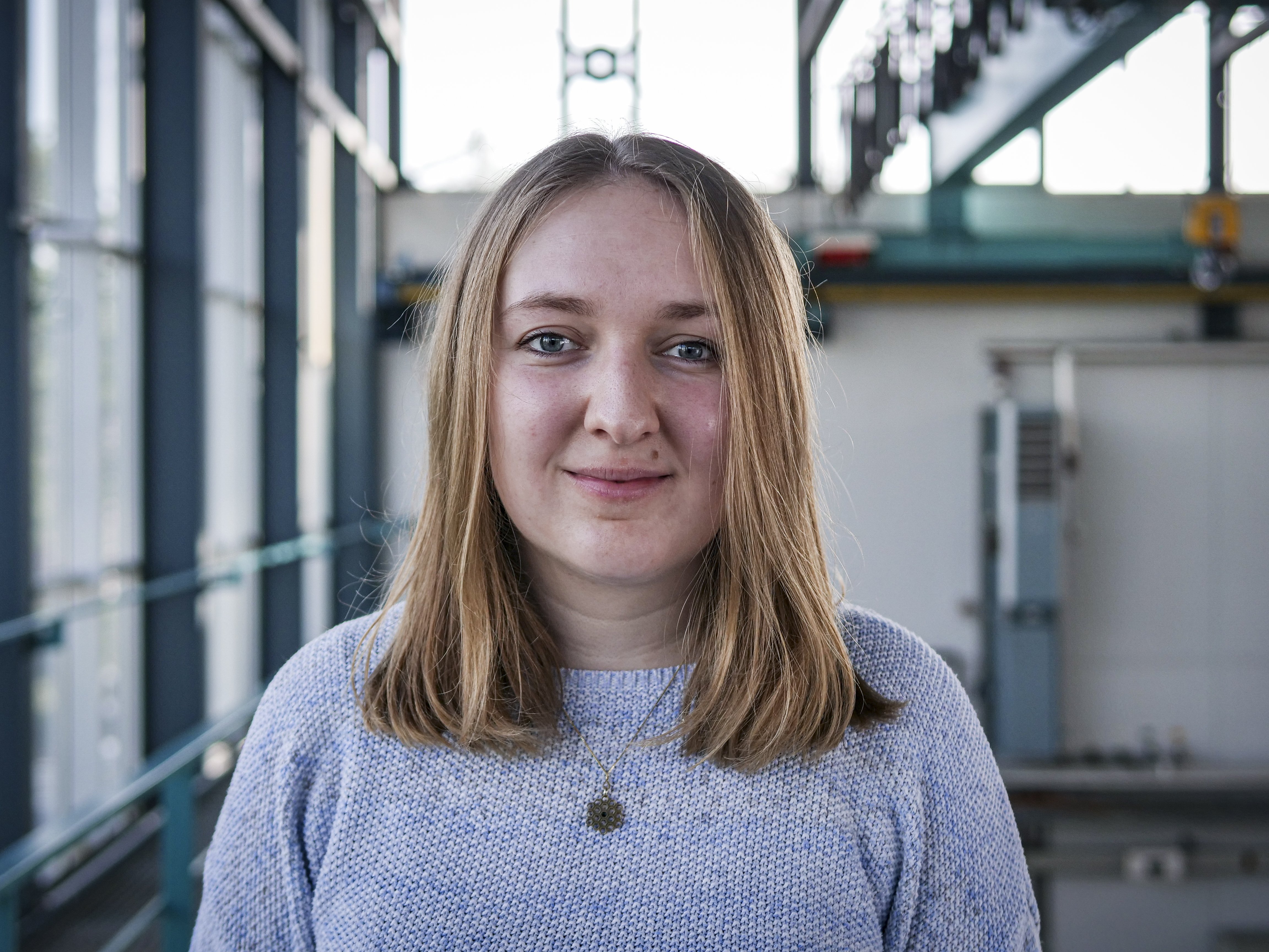
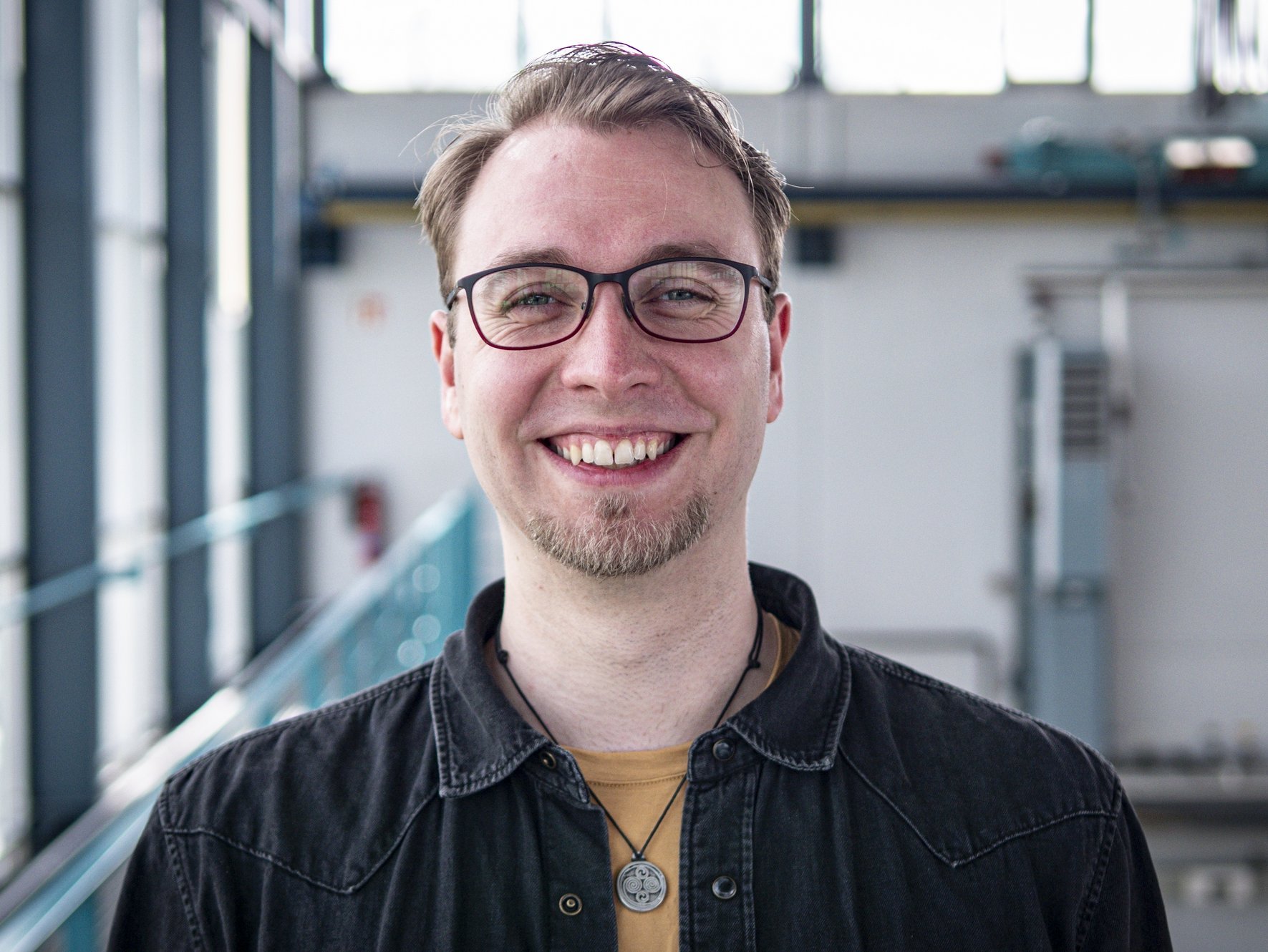
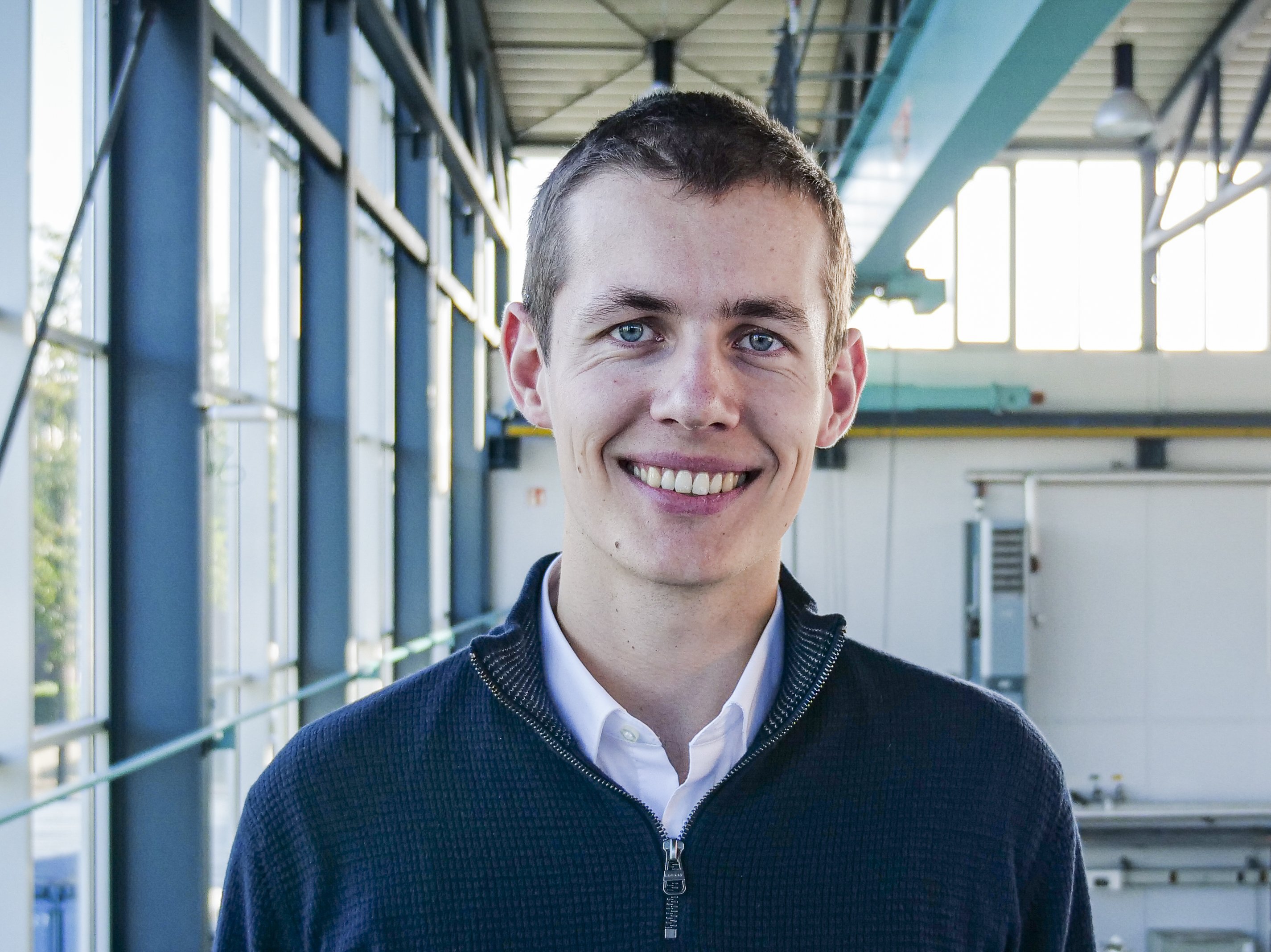
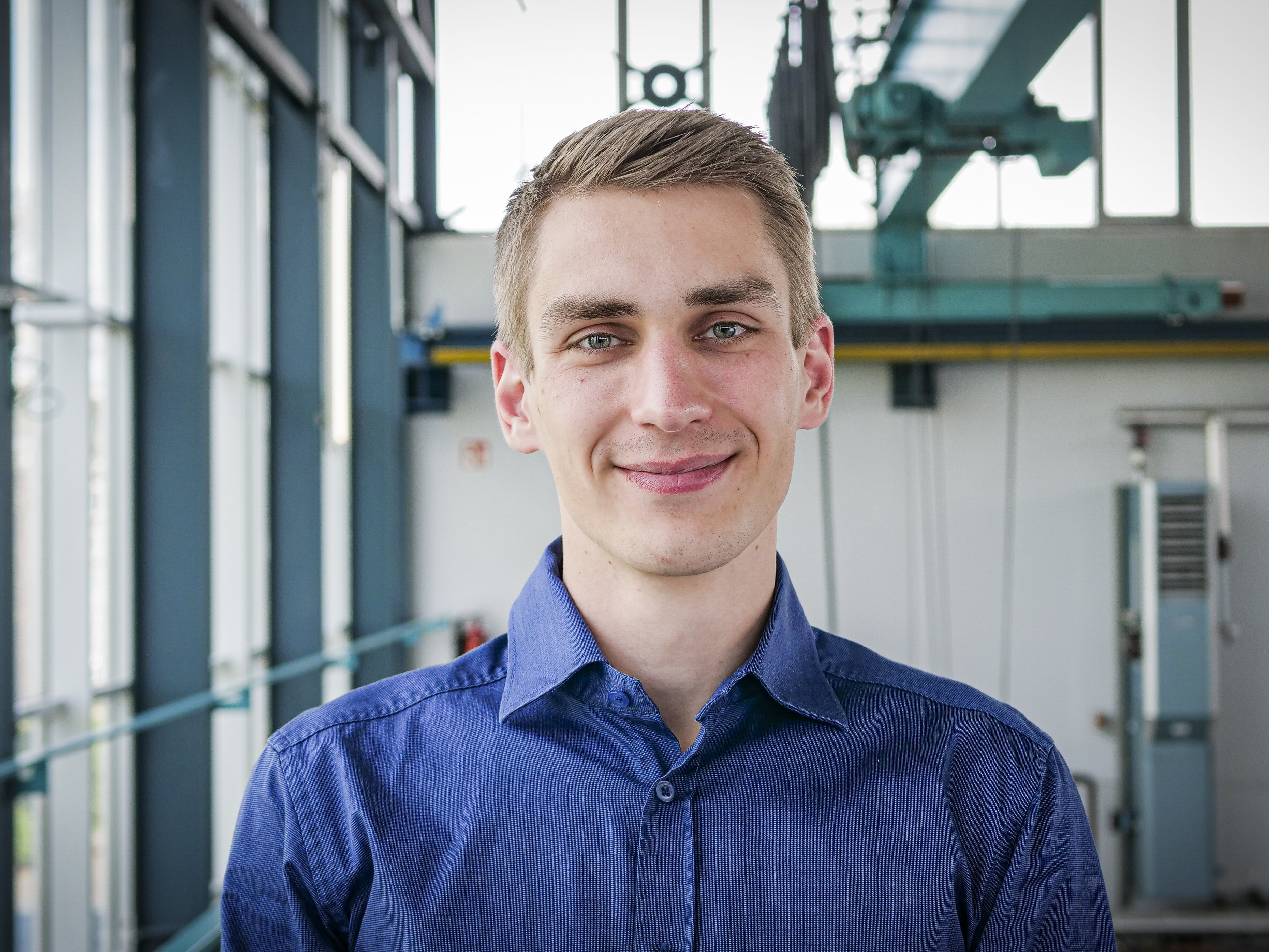
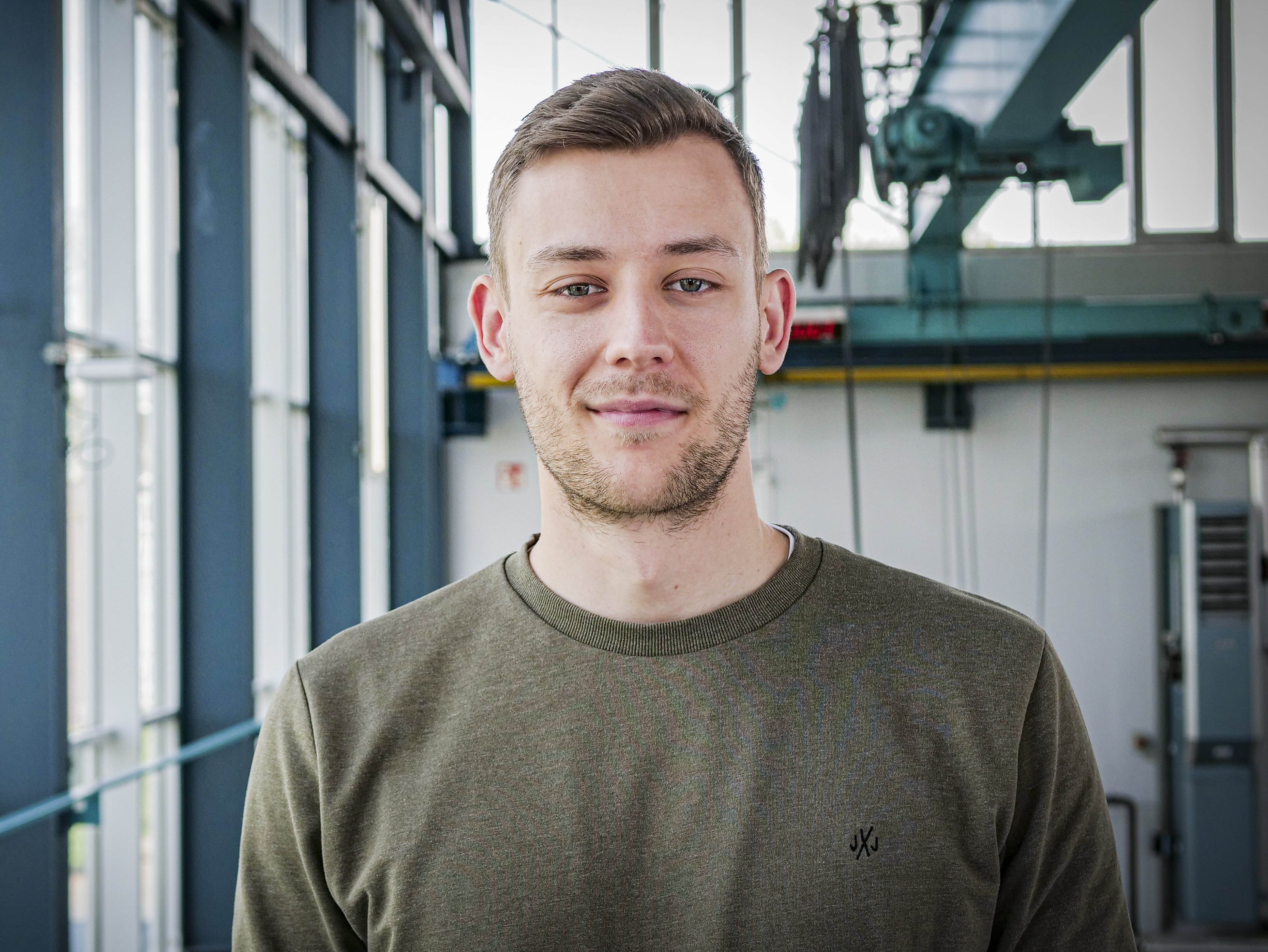

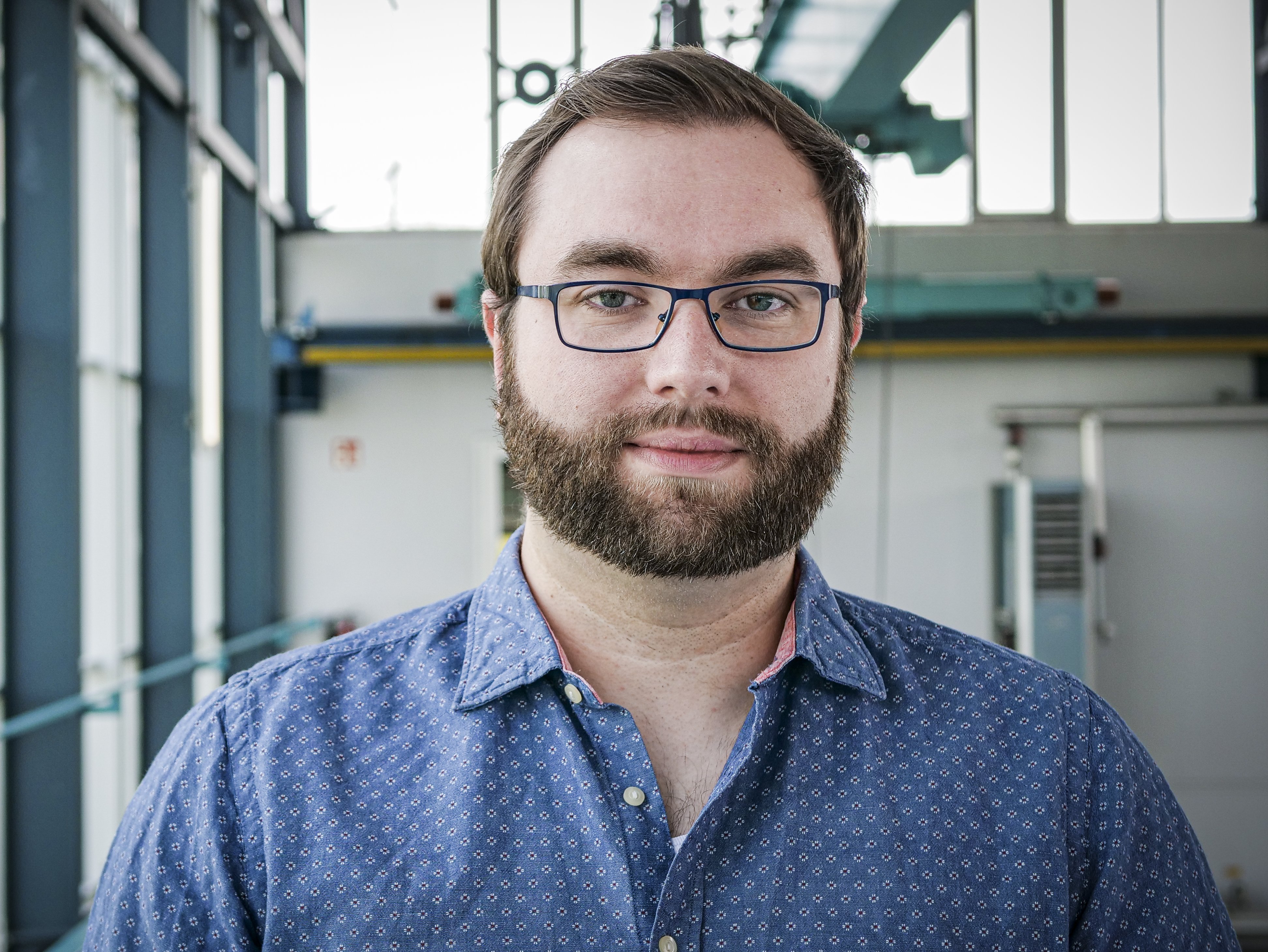
The list below shows the latest 25 publications of this research group. For the complete, searchable list of ZARM publications, please click more
2024
Experimental Field ”Beyond Cellular”: Implementing and Testing 3D/Non-Terrestrial Networks
Mobilkommunikation - 28. ITG-Fachtagung :89-94
2024
GRACE Follow-On accelerometer data recovery by high-precision environment modelling
Adv. Sp. Res., 73 (12) :5783– 5805
2024
Tailored accelerometer calibration by POD for thermospheric density retrieval with GRACE and GRACE-FO
Adv. Sp. Res., - (-) :-
2024
Towards a Prototyping and Testing Environment for Small Satellite Payloads in a 3D-Communication Network for 6G.
In Proc. of the 75th International Astronautical Congress :547-557
2024
2022
MICROSCOPE instrument description and validation
Classical and Quantum Gravity, 39 (20)
2022
MICROSCOPE Mission: Final Results of the Test of the Equivalence Principle
Phys. Rev. Lett., 129 (12)
2022
Result of the MICROSCOPE weak equivalence principle test
Classical and Quantum Gravity, 39 (20)
2022
2021
The local dark sector. Probing gravitation’s low-acceleration frontier and dark matter in the Solar System neighborhood
Exp. Astron.
2021
2020
Attitude determination & control system design for gravity recovery missions like GRACE
Acta Atronautica, 173 :172-182
2020
Carrier-Phase-Based Multi-Vehicle Cooperative Positioning using V2V Sensors
IEEE TRANSACTIONS ON VEHICULAR TECHNOLOGY, 69 (9) :9528-9541
2020
2019
GRACE accelerometer calibration by high precision nongravitational force modeling
Adv. Sp. Res., 63 (3) :1318-1335
2019
Grundlagen der Orbitmechanik
Publisher: Hanser Verlag
2019
Space test of the equivalence principle: first results of the MICROSCOPE mission
Classical and Quantum Gravity
2019
2018
Modeling approaches for precise relativistic orbits I: Analytical, Lie-series, and pN approximation
Adv. Sp. Res., 62 (4) :921-934
2018
Test of the gravitational redshift with Galileo satellites in an eccentric orbit
Phys. Rev. Lett., 121 :231102
2018
2017
MICROSCOPE Mission: First Results of a Space Test of the Equivalence Principle
Phys. Rev. Lett., 119 :231101
2017
2016
Advanced Thermal Radiation Pressure modeling and its benefits for the MICROSCOPE mission
Adv. Astro. Sci., 158 :2997-3012
2016
Development of a high precision simulation tool for gravity recovery missions like GRACE
Adv. Astro. Sci., 158 :2445-2457
2016
Extended Analysis on The Free-Molecular Flow Effects on a GRACE-Like Satellite
Adv. Astro. Sci., 158 :2983-2996
2016
Generic Computation Method of Free-Molecular Flow Effects on Space Objects
Transactions of the Japan Society for Aeronautical and Space Sciences, Aerospace Technology Japan, 14 (ISTS 30) :105-110
2016
Gravitation and Geodesy with Inertial Sensors, from Ground to Space
Aerospace Lab journal, 12 :1-16
2016
2015
CubeSat in-situ degradation detector (CIDD)
Acta Astronautica, 112 :69-76
2015
Design of a dual species atom interferometer for space
Exp. Astron., 39 :167-206
2015
Hochpräzise Modellierung von nicht-gravitativen Orbitstörungen
In Stiftung Werner-von-Siemens-Ring, Editor
Publisher: Berlin, 80-91
2015
Modellierung von orbitalen Umwelteinflüssen und deren Auswirkung auf die Satellitenmission MICROSCOPE
In Stiftung Werner-von-Siemens-Ring, Editor
Publisher: Berlin, 59-68
2015



